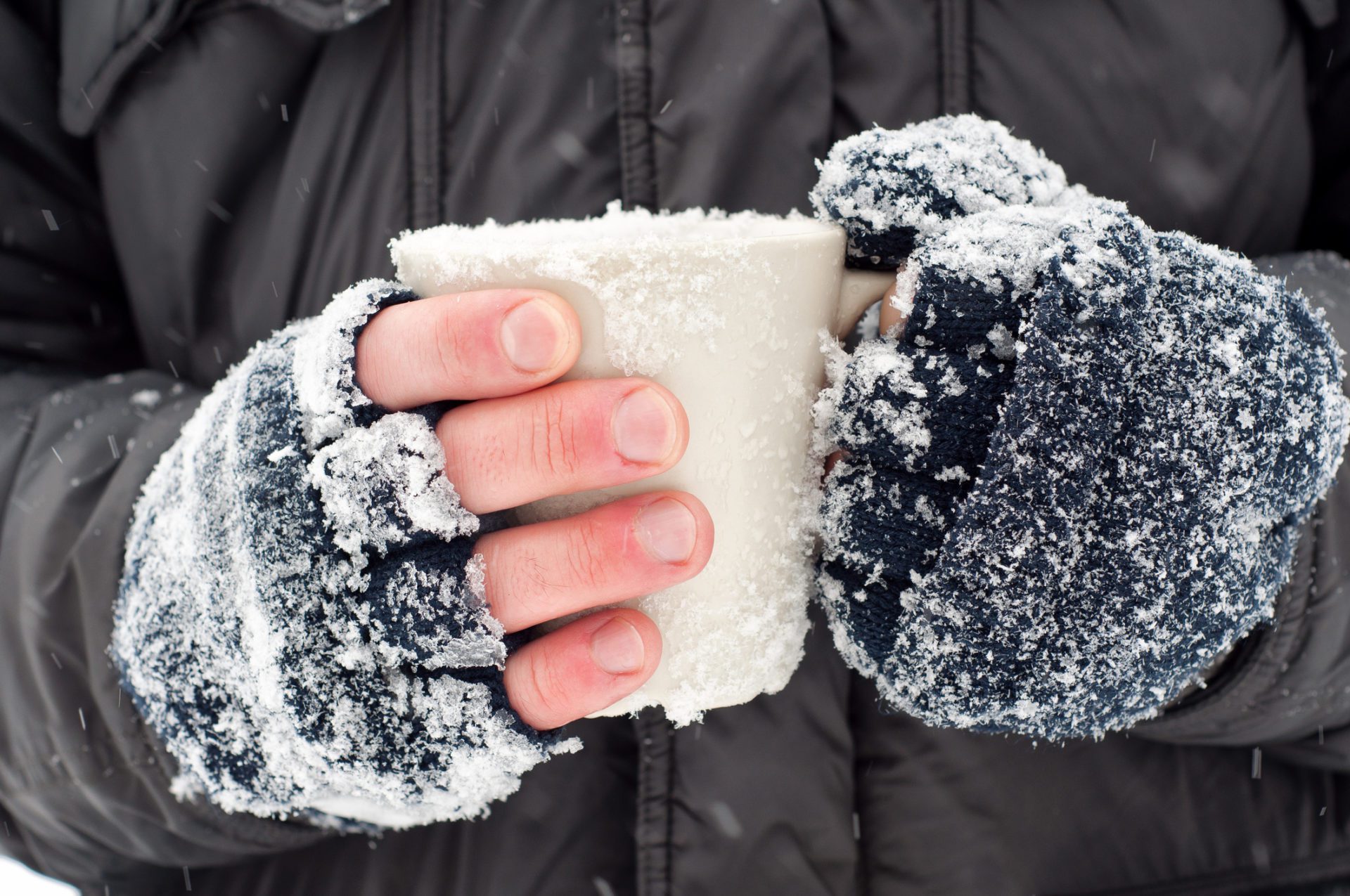How to Prevent Frostbite and Stay Warm this Winter

Frostbite is a potentially dangerous medical condition in which the skin and surrounding tissue begin to freeze, which can cause pain and eventual loss of appendages if not adequately treated. Frostbite primarily affects smaller body parts such as fingers and toes, though it can also occur in other parts of the body in extreme cases. During these frigid winter months,
outdoor workers are particularly susceptible to developing frostbite due to improper weather protection. While serious, frostbite is highly preventable when proper precautions are taken.
Prevention
The most effective method of managing frostbite is to prevent it from happening in the first place. Here are some tips to help you avoid frostbite this winter:- Limit your time outside.
- Layer up.
- Don’t forget your feet!
The Stages of Frostbite and How to Treat Them
There are three stages of frostbite. The first two, frostnip and superficial frostbite, are not serious and can usually be treated at home. However, deep (severe) frostbite can be dangerous if left untreated.-
- Frostnip is the first and least serious type of frostbite. It is so common that most people who live in colder climates have experienced it at least once in their lives. Frostnip can be diagnosed by red and prickling skin. To treat frostnip, simply get out of the cold and gently rewarm the affected area using lukewarm water. Note that the tingling in your skin may continue as the skin warms up. Remember: never rub your frostbite as this can cause damage to the tissue.
- Superficial frostbite is the next type of frostbite. At this stage, the skin will start to sting and swell in affected areas. Paradoxically, the skin may even begin to feel warm. This is a sure sign that the frostbite has started to worsen. The frostbitten person may also notice blistering upon rewarming. To treat superficial frostbite, the skin can be gently rewarmed just like with frostnip, though recovery may take longer. As an additional measure, you may want to apply aloe vera gel to the area several times a day to care for the skin as it heals.
- The last and most critical form of frostbite is deep (severe) frostbite. Symptoms of severe frostbite include:
-
- Numbness
- Stiff joints/muscles
- Hard and blackened skin
- Excruciating pain upon rewarming
-